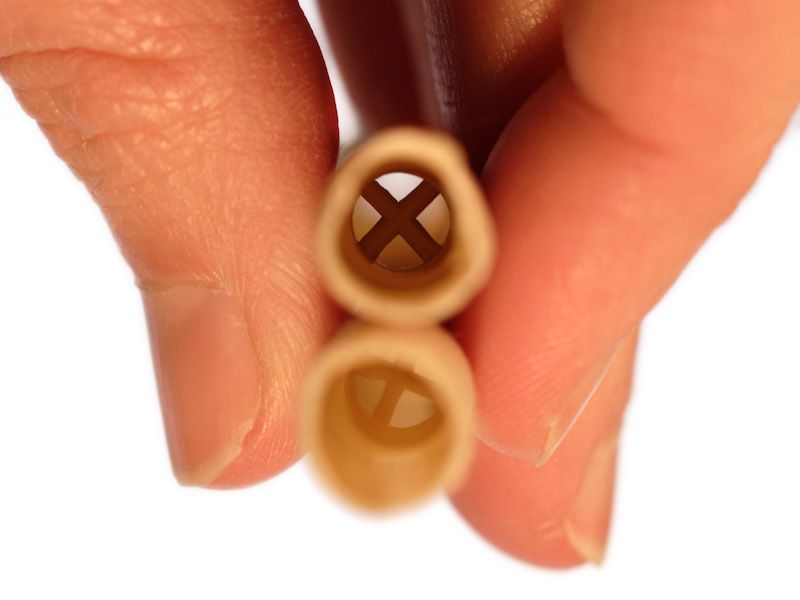
In some groups, the practice known as “ear candling” is persistently thought to be a good way to reduce earwax. What is ear candling, and does it work?
Is Ear Candling Effective?
Spoiler alert: No. No, they don’t.
Why then do otherwise reasonable people routinely accept in this pseudo-science. It’s hard to say with much accuracy. But the more you discover about earwax candling, especially the risks involved, the more likely you can make an informed choice (even if the sensible choice is pretty obvious).
Earwax Candling, What is it?
So the basic setup goes like this: Perhaps you have too much earwax and you’re not quite certain how to get rid of it. You’ve read that it’s risky to use cotton swabs to clean your earwax out. So, after doing some study, you discover a technique called earwax candling.
Here’s how earwax candling supposedly works: You develop a pressure differential by shoving the candle in your ear, wick side out. This pressure differential then pulls the wax out. In theory, the pressure difference is enough to break up that might be clogging up your ear. But cleaning your ears like this can be dangerous.
The Reason Why Ear Candling Doesn’t Work
This practice has a few issues, including the fact that the physics simply don’t work. There’s just no way for a candle to create that kind of pressure differential (and in order to move earwax around, that pressure differential would need to be pretty substantial indeed). Also, a candle doesn’t possess the kind of seal necessary to maintain pressure.
Now, the candles used in these “treatments” are supposed to be special. All of the wax that was in your ear can be located in the hollow portion of the candle which can be broken up when you’re done with your 15 minutes of ear candling. But the issue is you can find this same detritus in new unburned candles as well. So the entire process amounts to fraud.
Earwax candling hasn’t been proven scientifically to have any benefit at all.
So Earwax Candling Doesn’t Work, But is it Safe?
So, you might as well give it a try, right? Well, you’re looking for trouble anytime you get a hot candle near your ears. You might be ok if you try earwax candling. People do it all of the time. But there are certainly hazards involved and it’s certainly not safe.
Here are a few negative impacts of ear candling:
- Severe burns inside ear. Significant hearing problems and burns can be the outcome of getting hot wax in your ear. This could permanently compromise your hearing in the most extreme cases.
- You might cause significant damage when you mess around with an open flame and potentially even put your life in danger. Seriously, you could burn your house down. It’s not worth the danger to attempt this ineffective technique of wax removal.
- Candle wax can also clog your ear canal after it cools. You could wind up temporarily losing your hearing or even needing surgery in extreme cases.
You Don’t Need a Candle to Clean Your Ears
In the majority of circumstances you won’t even have to worry about cleaning earwax out. That’s because your ears are actually pretty good at cleaning themselves! Nevertheless, there are a few people who will have abnormally heavy earwax production or accumulation to contend with.
If you do need to clean out your ears due to too much wax, there are scientifically-proven (and effective) ways to do that safely. You could try a fluid wash, for example. Another alternative would be to consult a hearing care professional for an earwax cleaning.
You should continue to avoid cotton swabs. And open flames are not ok either. Earwax candling is a procedure that has no advantage and will put your ears, and your whole person, at significant risk of damage and injury. Try burning candles for their sent or for enjoyment but never as a means to clean your ears.
